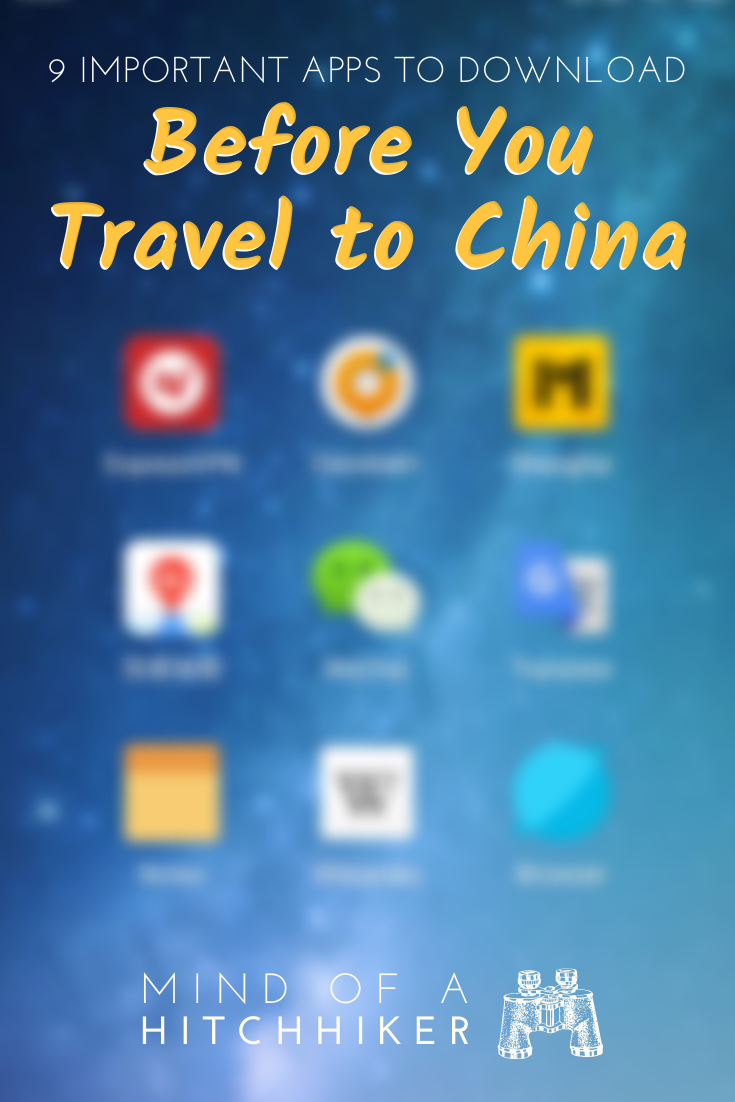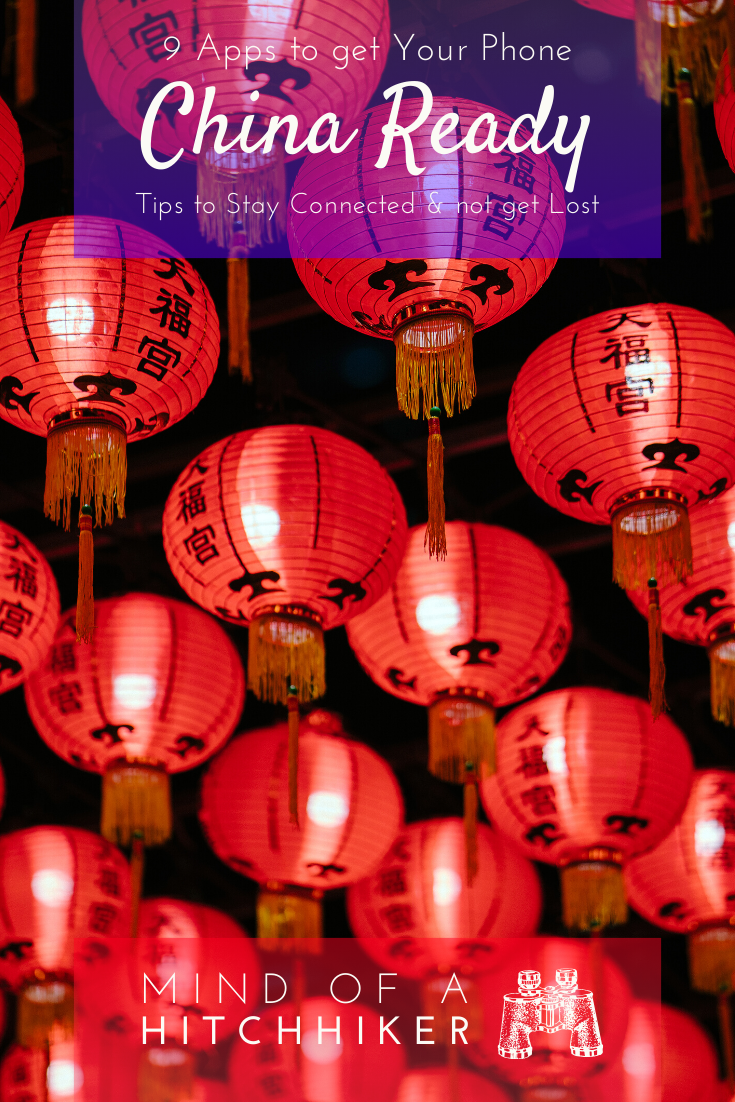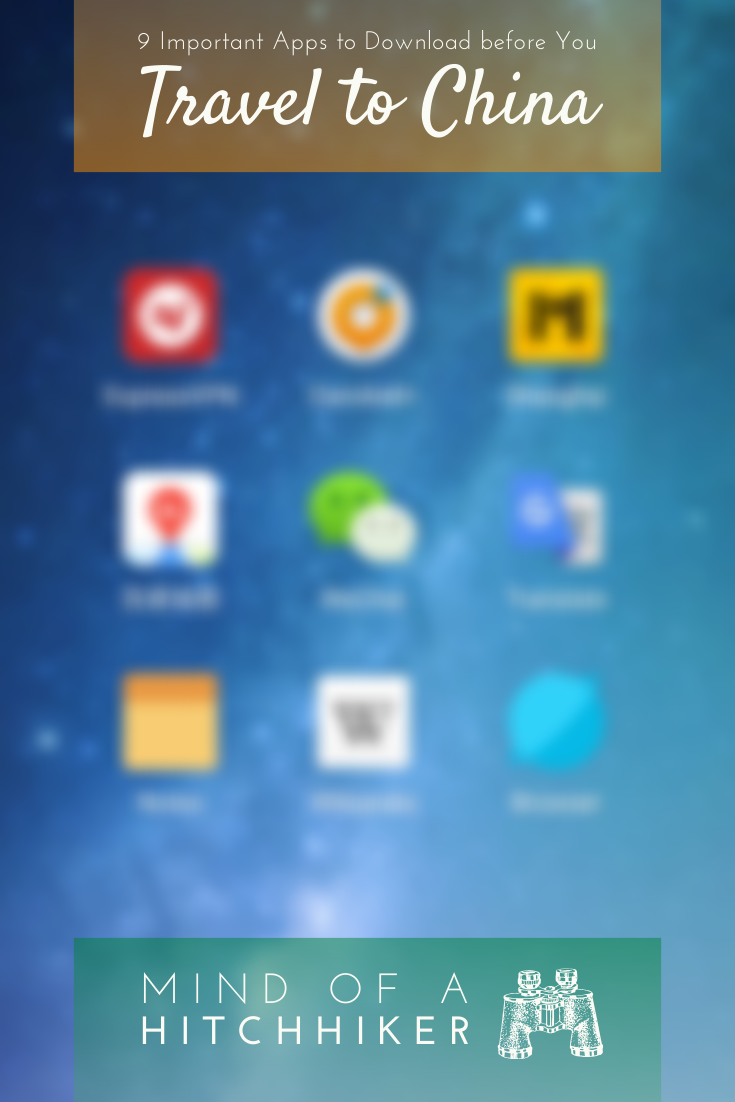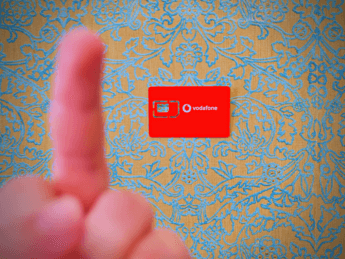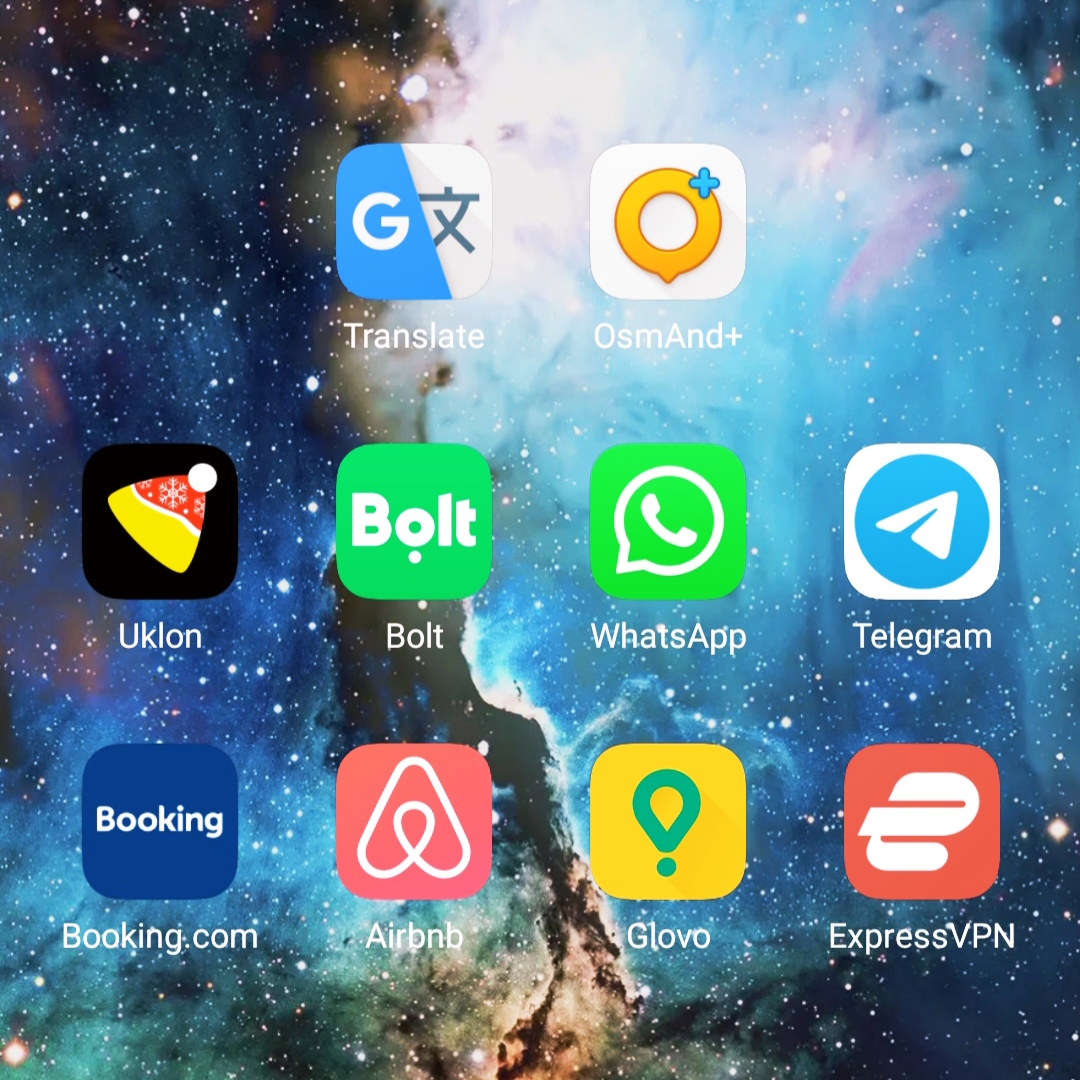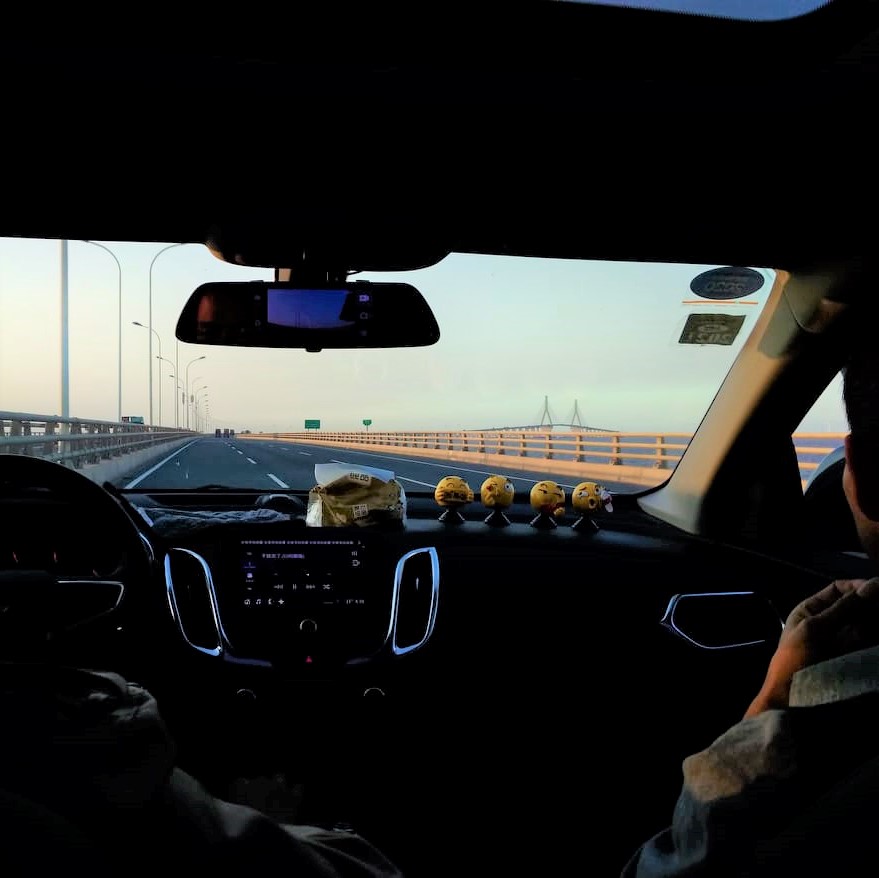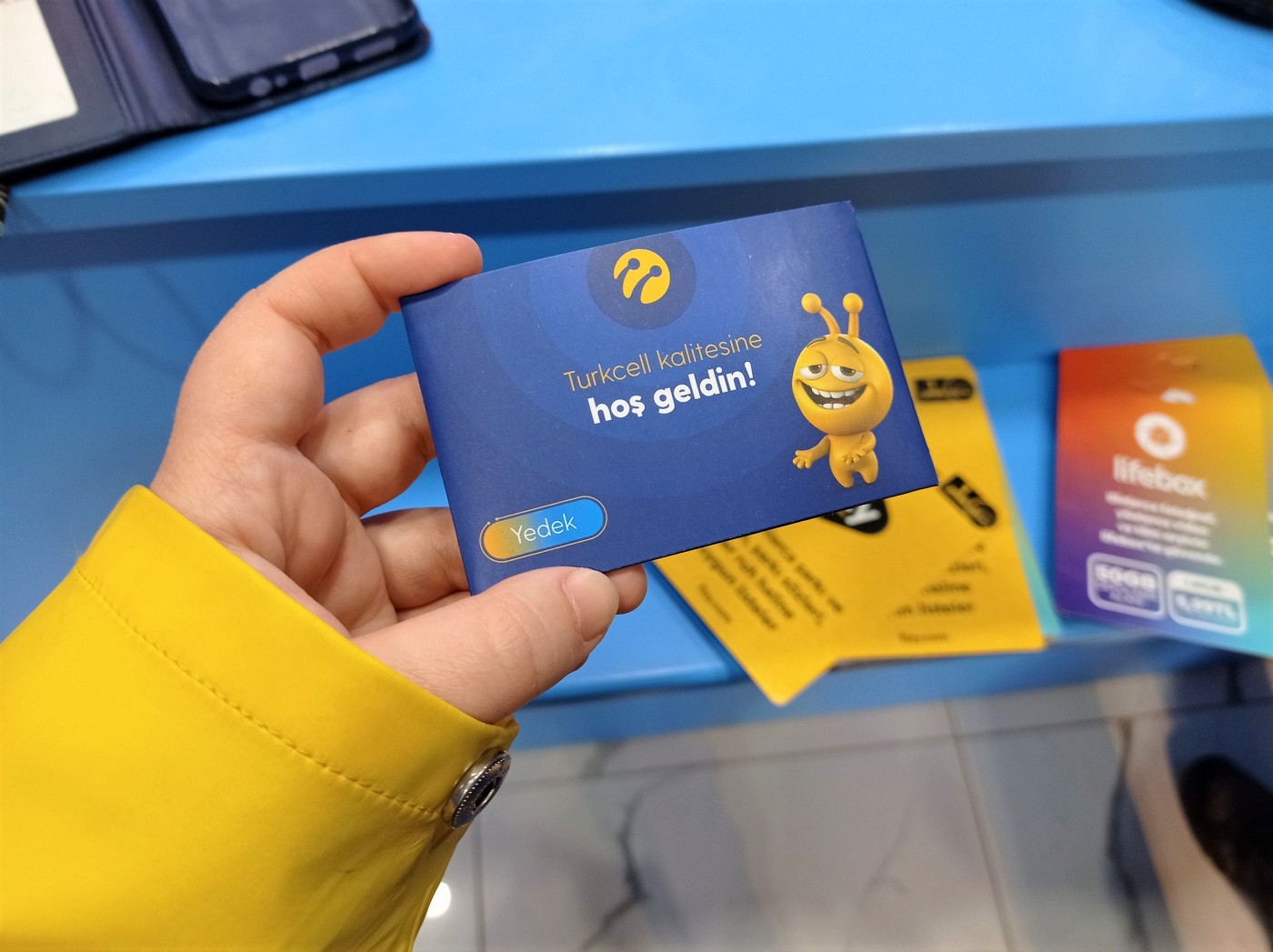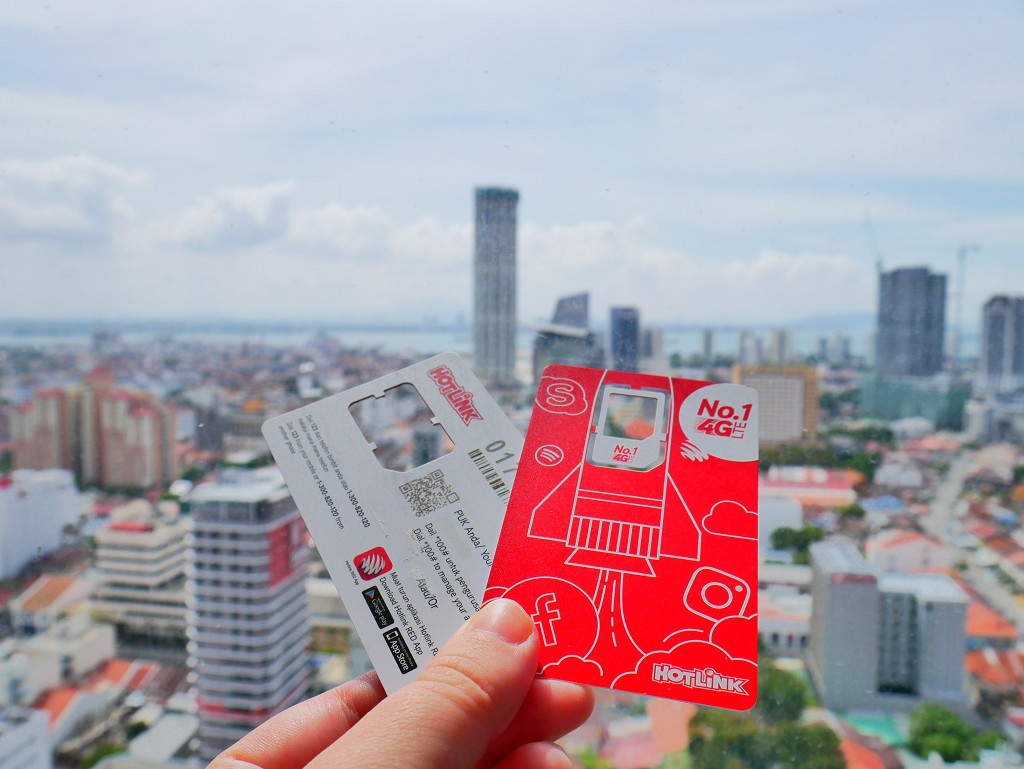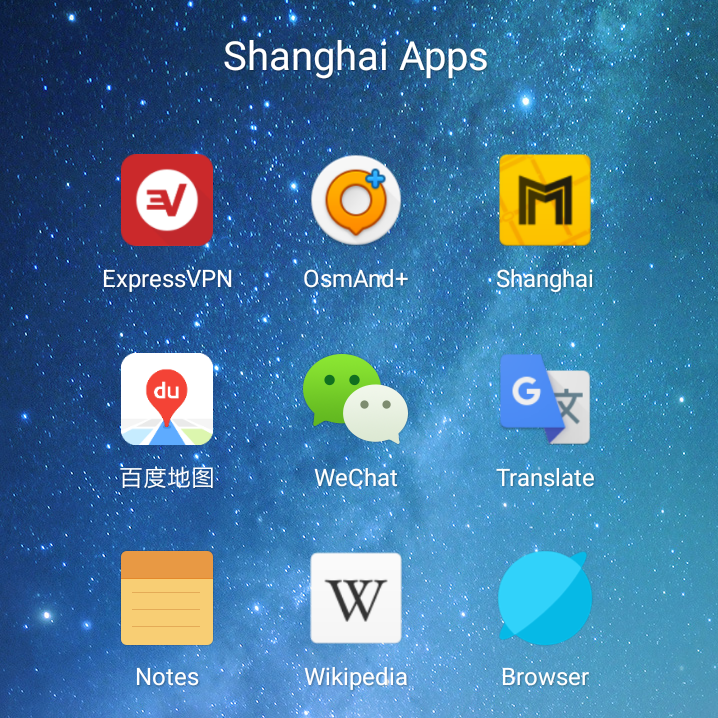
These are the applications we downloaded before we traveled to Shanghai, China. We were in Shanghai on China’s 144-hour visa-free policy. We downloaded these apps and maps in advance of our 5-day Shanghai itinerary. I’m using a Xiaomi phone working on Android and Jonas uses an iPhone with iOS. All apps mentioned in this article are available for free.
2020 update: If you manage to enter China during/after the coronavirus outbreak, it’s likely that you’ll need to download the government-approved COVID-19 tracking app called ‘Health Code’ by Alipay (支付宝健康码). If you have any experiences with this app I’d love it if you could share your story in the comments for other readers.
Contents
About Internet Censure in China: VPNs
You might know that certain internet services in China are blocked. Some refer to this as “the great firewall of China”. This means that if you connect to the WiFi in China, you might not get access to your e-mails and social media accounts. Bummer! But there are ways to prepare for your trip that will make your transition much smoother.
When we arrived in Shanghai, I was under the impression that officials at the airport would scour my phone and social media for anti-government activity. They didn’t and I don’t think you need to worry about this—unless you travel to the USA, which is a country that definitely does that sort of thing.
Jonas and I both have a Virtual Private Network (VPN) application installed on our phones and laptops. We had these already a long time before this trip to China for other purposes. I still had some worries about whether having a VPN app on my phone would be illegal to have. But it’s important to make the distinction between what you can do as a foreigner and what applies to the local Chinese population.
As of November 2019, your VPN is not a problem.
(Unless perhaps you’re traveling to Tibet or Xinjiang or use your VPN for nefarious purposes or something. But that’s not in the scope of this article.)
So your VPN is alrighty and will probably help you loads to get around China. But that internet censure in China is a real thing and you’ll notice it quickly when connected to your first WiFi network; many internet services that you’re used to – mainly those that are Google-based – won’t work without a VPN. So if you need to access your Gmail, Google Maps, YouTube, or heck, even your Google-based weather app, it won’t work. The same goes for Wikipedia, Facebook, Instagram, Twitter, WhatsApp, Skype, Slack, Tumblr, Spotify, various news websites, and many others.
Lucky for you, my website and this article are accessible in China without a VPN.
In before you think “Poor, oppressed Chinese people!”—all these apps have equivalents in China. There’s no lack of social media platforms for people who understand Chinese to waste their day away on. You shouldn’t worry about that, they’re doing absolutely fine over there.
Connecting to WiFi Networks in Shanghai
If you’re arriving by plane – which is very likely – you’ll probably want to connect to the local airport WiFi directly upon arrival. Most probably, you’ll connect to the open WiFi network and then get sent to another screen in which it asks you for your phone number. You dread this, but give it a try anyway. Of course, it doesn’t work the first time and the activation code never arrives.
The system tells you to use your country code followed by your phone number. In my case, 0031 is my country code (the Netherlands) and 06-XXXX-XXXX is my mobile phone number. However, in the Netherlands, we make the first zero disappear when we call from abroad, which would make the phone number this: 0031-6-XXXX-XXXX. The login screen didn’t accept that, so I tried it with the extra zero tacked on (like this: 0031-06-XXXX-XXXX) and that worked for me. I got my activation code and then I was online. I had to help Jonas with his German phone number figure out something similar.
The one upside I found of this system is that once one Starbucks in Shanghai knew my phone, all other Starbuckses also seemed to know my phone. This made logging in to Starbucks networks across Shanghai much easier.
Should I Get the Tourist SIM Card?
Also at the airport are people who will try to sell you the tourist SIM. It costs about €20 for a tourist SIM, which is quite a bit of money. I don’t have any information about how long the process takes. But if you’re staying in China for the 144-hours or less, your time is probably better spent exploring your city of choice without the help of mobile data.
For a non-tourist SIM, the price is a lot lower. But the caveat is that you have to de-register your SIM before you leave China. Otherwise, you might get problems if you ever want to get a SIM card in China again.
Apps to Download
ExpressVPN
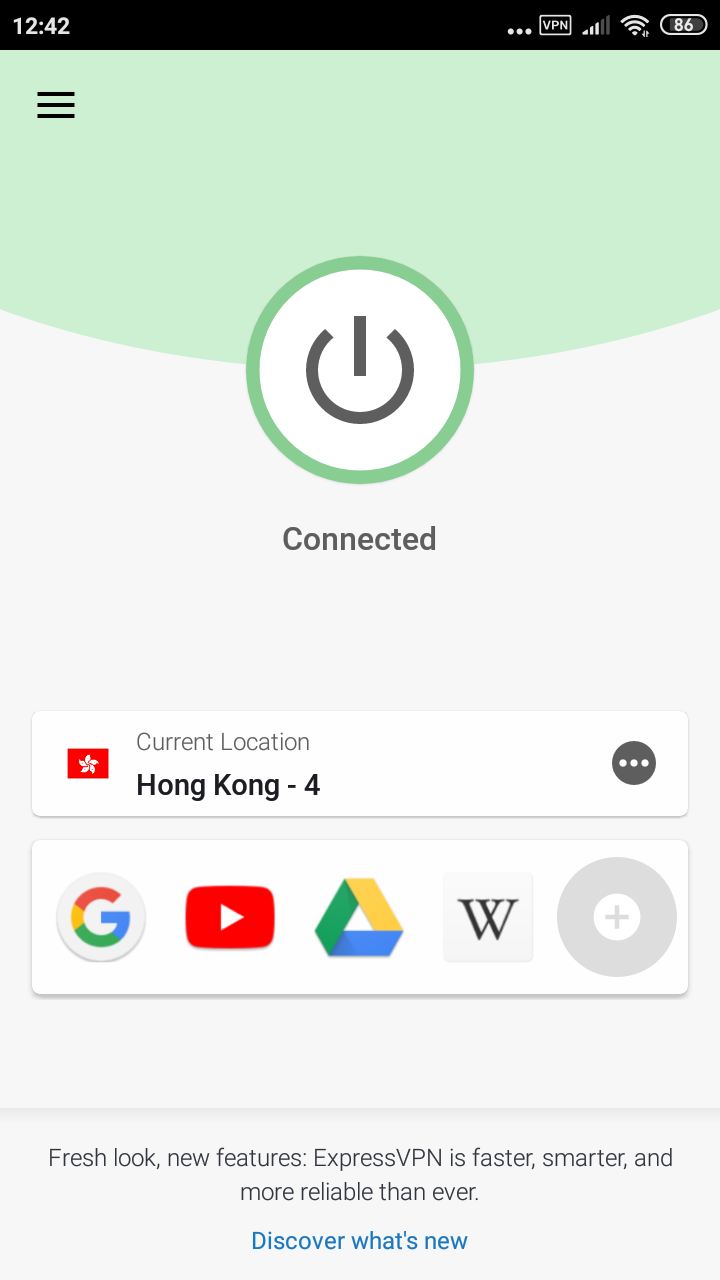
You’ll need a VPN to access a few of these other apps, so this is your fundamental app. When looking for a VPN, Jonas did all the research. He came to the conclusion that much-repped ExpressVPN is the best one. We mostly use it to continue watching the same TV-shows on Netflix when we cross borders.
In China, we mostly connected to Hong Kong when we were in Shanghai. It worked pretty well though it made the internet a bit slower.
With this referral link, you get ExpressVPN for 30 days for free, which is plenty of time for your 144-hour stop in China. Make sure you update it before you fly out. You can use it on five devices at the same time, which should be plenty for your laptop, your phone, and your travel partner’s laptop and phone.
You can find ExpressVPN on Google Play and on iOS.
OSMand+ with Downloaded Maps of Your Region of China
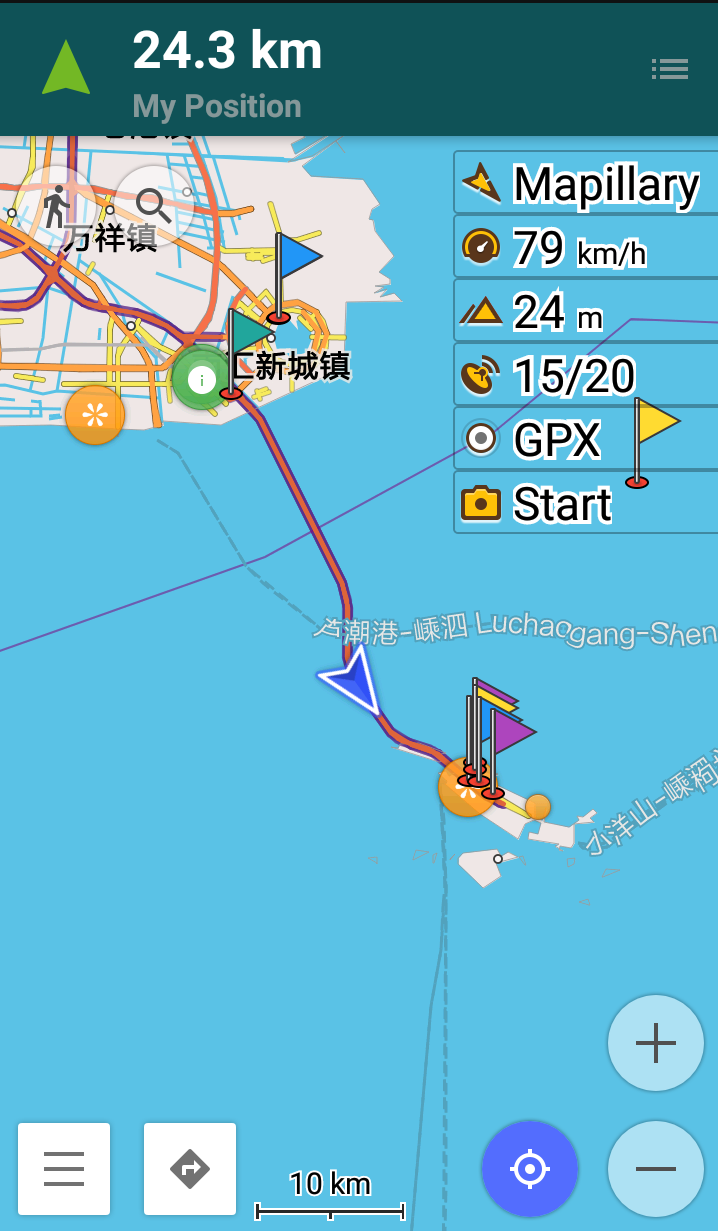
This is the one app that will come back in any article I write about apps: Open Street Maps. Though China and Shanghai aren’t excellently mapped, it’s still a very good navigational aid. You just download the maps you’ll need offline and then you’ll never be completely lost as long as your battery isn’t dead.
For my trip to Shanghai, I downloaded not only Shanghai Municipality, but also Zhejiang Province. That’s because I knew I wanted to hitchhike the Donghai Bridge. Only this map app could tell me that there are in fact toll booths on the Donghai Bridge and where they are… Which sounds weirdly specific. But they also have some rudimentary information about bus lines and metro lines in Shanghai if you know how to get into the advanced settings of this app.
This app only uses GPS, so there’s no need to be constantly connected. It obviously doesn’t work when you’re underground, so you’ll need to use a different app to find your metro stop.
You can find OSMand+ on Google Play which is free, but I pay €2.99 a year to get all the features. An iOS version does not exist, though there are other apps that are based on the crowdsourced OSM data. One such app is called Maps.me, but I won’t link it because my dudes, you’re being shortchanged with your Apple choices. Update: Finally, the App Store version of Open Street Maps is here!
Metro China Subway
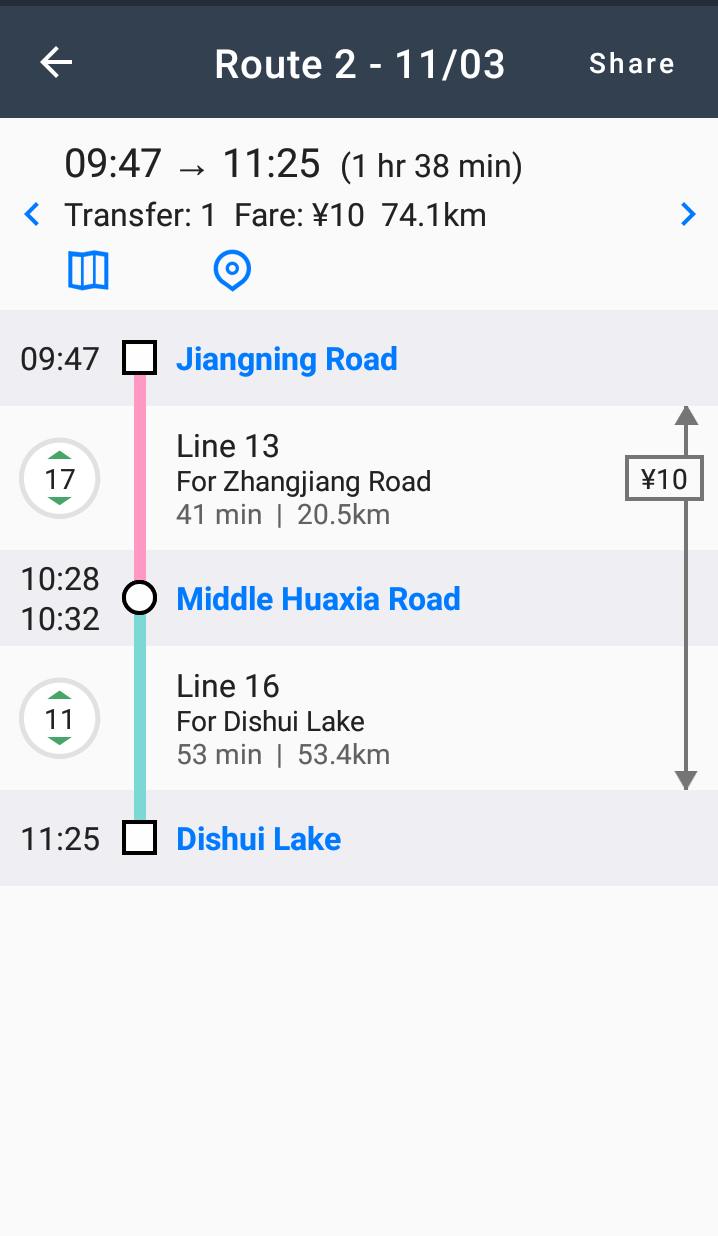
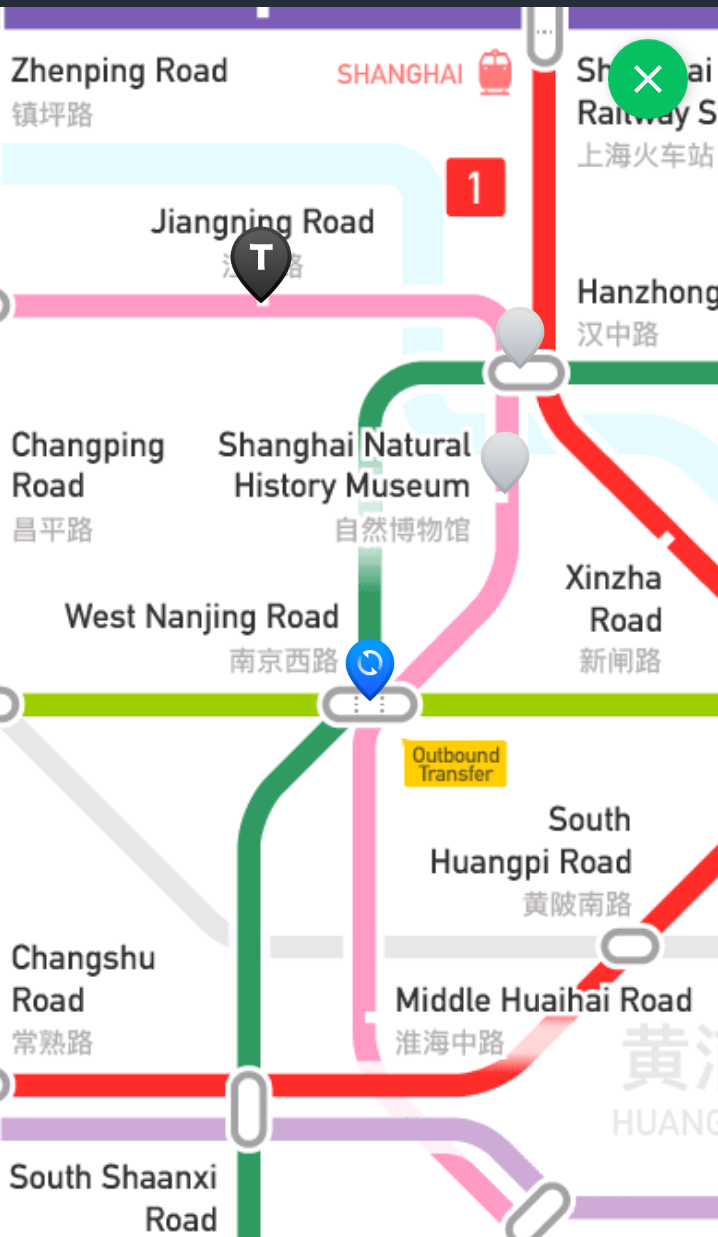
So, this app contains all Chinese metro systems in one. Just select the system of the city you need, and off you go.
The Shanghai Metro is already a work of art—and its app fits in the same category. This beautiful app to use the Shanghai metro works extremely well and also completely offline. The app shows the English names next to the Chinese ones, which makes it easy to navigate the underground world they’ve created.
I’m really hoping other Chinese apps in this list will one day make their apps bilingual Chinese-English like this one.
The app also shows how much your fare will be. We always went to the machines in every station to get tickets which is very easy and works with cash. However, we’ve seen many foreigners always going to the person at the desk, God knows why.
Know that at certain stations such as West Nanjing Road, only people with a transit card can switch for free. You can find such stations by going to map view in the Metro app and then search for yellow labels that say ‘Outbound Transfer.’ Our tip is to just avoid those few stations, or already mentally calculate that you’ll need to spend more on your ticket than other commuters.
You can download this app on Google Play and iOS.
Baidu Maps (百度地图)
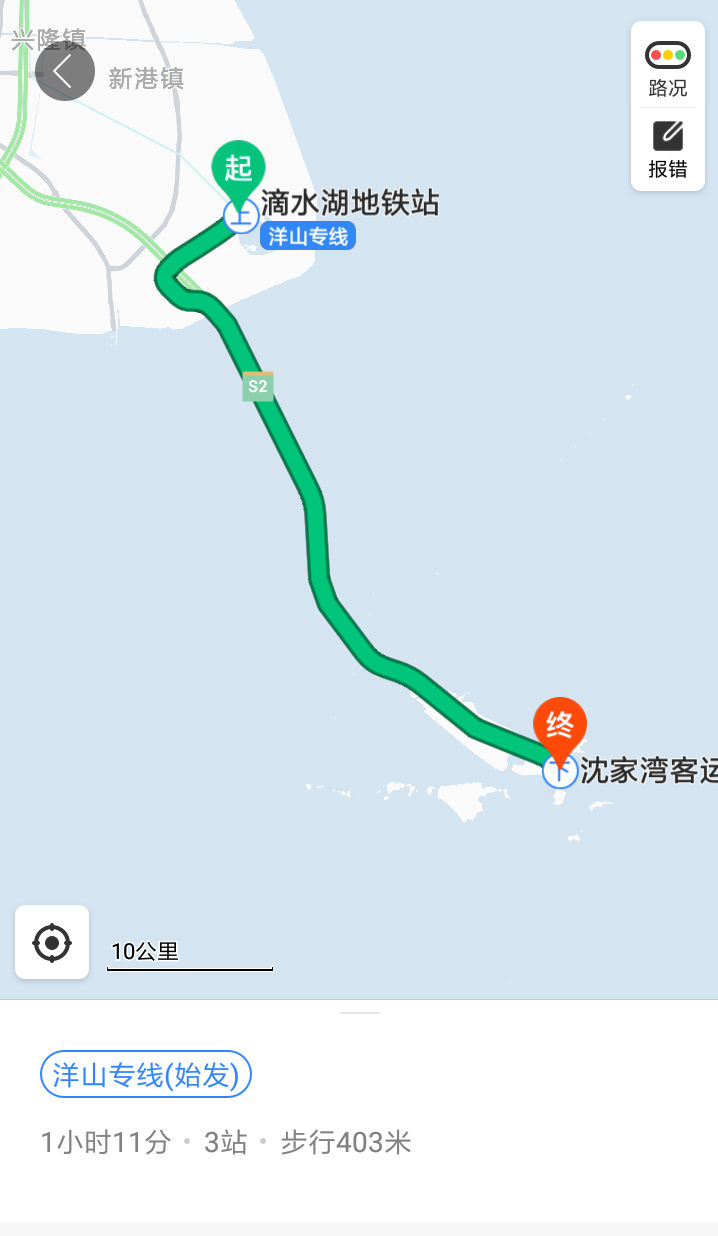
Google Maps won’t work for you in China. Besides, most non-Chinese app data is deliberately 500 meters off-target.
Already from the Netherlands, I tried to use the route planner function of Google Maps for somewhere in Shanghai, and it couldn’t do it. So I went onto the web to search for the Chinese equivalent of Google Maps. Its name is Baidu Maps. Baidu itself is kind of like the Google of China. This government-approved company uses a different geodetic coordinate system that doesn’t misplace you.
Unfortunately, this app isn’t translated into English at all. But it works almost exactly the same as Google Maps, which means that you don’t really need to be able to read Chinese to use it. It was surprisingly easy for me to figure it out.
Most icons in the app are completely intuitive. Just tap and hold to pin a place and then use it as a starting point or arrival point. If you tap around, you find the option to be on foot, by bus, or by subway. To save itineraries for offline use, I simply screenshotted the shit out of this app so I always had the information in my gallery.
The only real downside I found of this app is that it requires you to accept all kinds of… sketchy permissions. And it has in-app ads that you’ll need to click away at times.
You can download Baidu Maps on Android by going to https://map.baidu.com/ and scan the QR code. It’s much simpler if you’re using iOS.
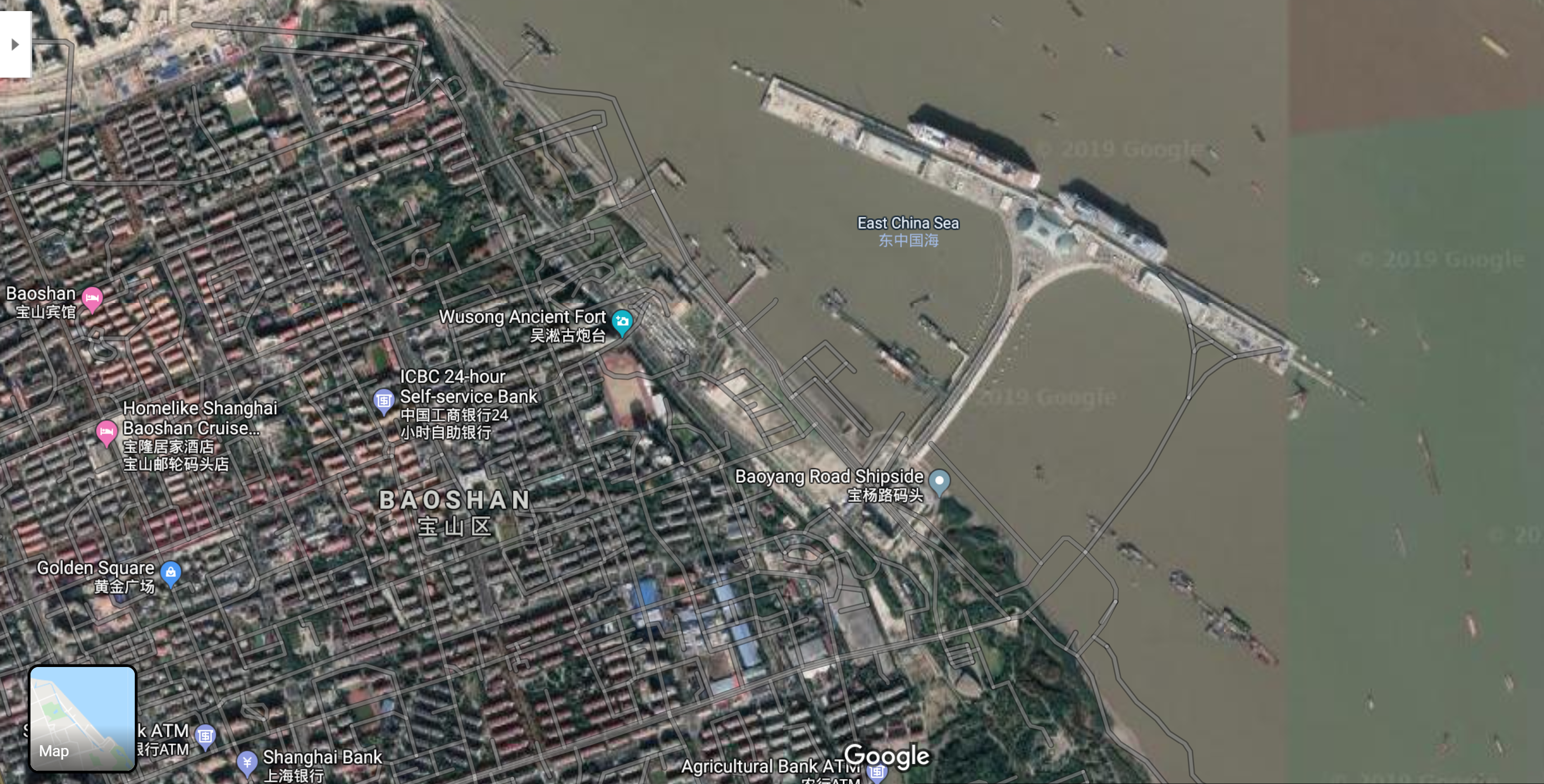
Example of Google Maps being ~500 meters skewed in direction east southeast at the Yangtze river in Shanghai. Source: Google Maps 2019.
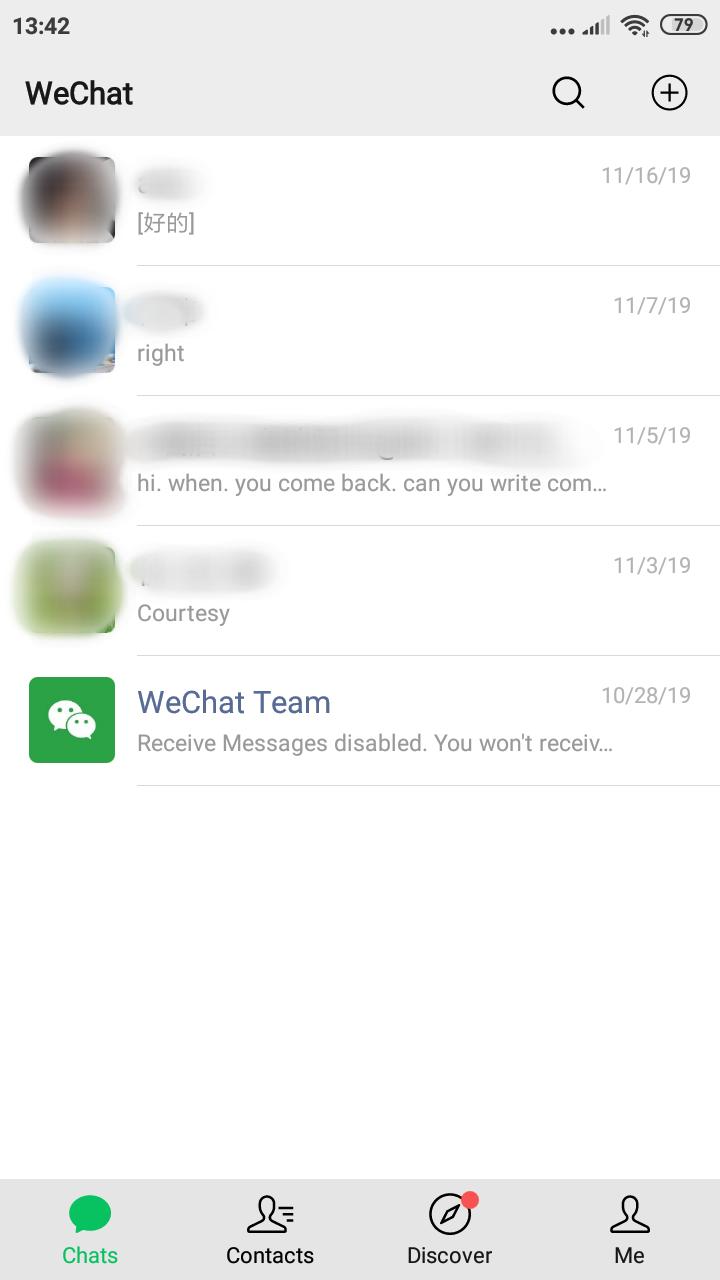
I can’t speak for the rest of China, but everything in Shanghai worked by WeChat.
The first thing that the lady who managed our apartment did was add me on WeChat. I chatted and arranged to meet up with my long-time friend Wei via WeChat. When I hitchhiked, one of my drivers asked whether I could add her on WeChat. Every business lets you pay by WeChat Pay. No one uses cash anymore. Heck, even when we left China and traveled to Thailand, our new landlady preferred WeChat over WhatsApp.
Creating an account on WeChat isn’t so simple. As an Android user, I just signed up with Facebook instead of creating a WeChat account. To create a regular account, you need to be approved by someone who already has had a WeChat account for over 30 days. I managed to sign up via the Facebook route, but Jonas couldn’t do it on his iPhone. We’re now waiting until I’ve been a WeChat member for 30 days so I could perhaps approve him. This has been really tough on Jonas and let’s hope WeChat allows him to join the platform soon.
So I know almost no one will read this article one month in advance of their trip to China, but if you happen to do so, download WeChat now and create an account immediately so you’ll reap the benefits of it later.
You can download the WeChat App on Google Play and iOS.
Google Translate Language Packs + Keyboards

The beauty of the Google Translate app is that you can download an entire language for offline use. For our short trip to China, I downloaded Chinese (Traditional) and Chinese (Simplified) to go with my pre-downloaded English and then I could always translate English phrases into Chinese whenever I needed to communicate something.
Most of the time, I just found some Chinese text online, which I then copied and pasted into the translation app to translate.
With the camera function, you can just point your phone camera at some Chinese characters and the app will translate it live. This yields kind of mixed results, but it can help you find the noodle section on a menu much quicker. This function especially works much better when you’re connected to the internet, but it’s also a Google product so it’s blocked without the use of a VPN.
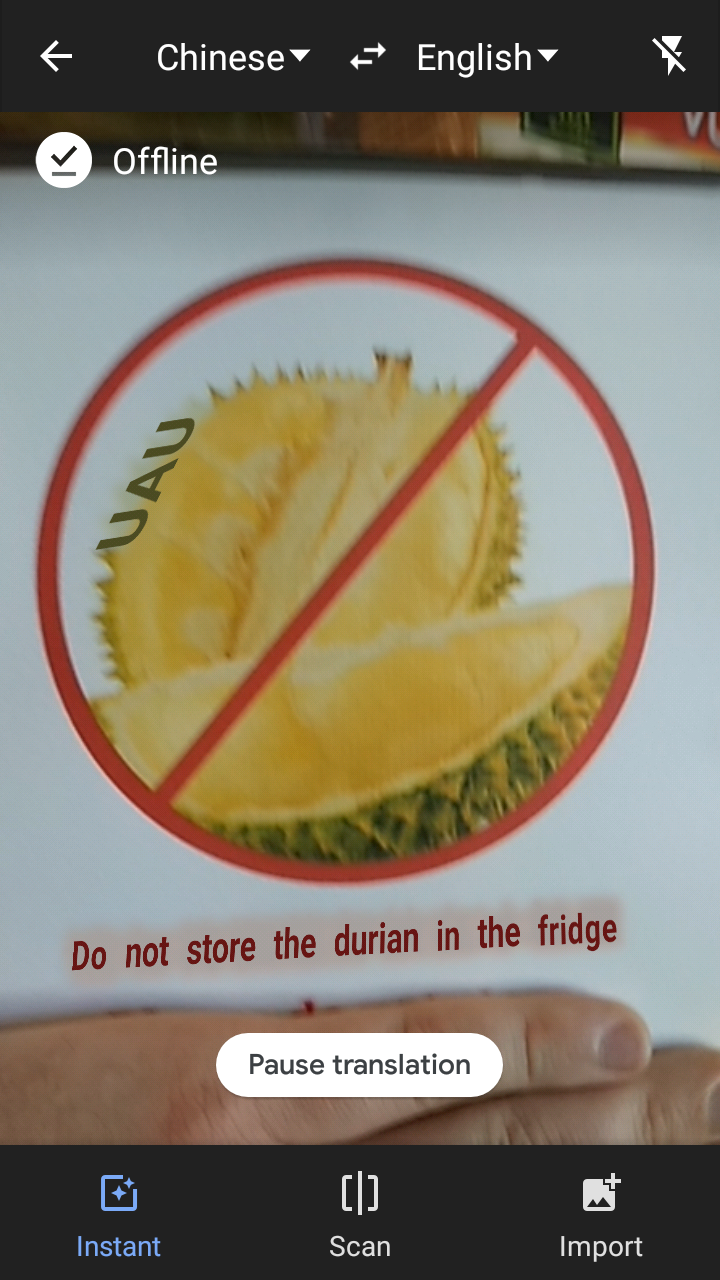
Now in order for Chinese people to type something in on your phone and then translate it to English, you’ll need a Pinyin keyboard. Somewhere on your phone, you can download keyboards. I downloaded not only the Pinyin keyboard but also the Zhuyin keyboard.
While I managed to type some things phonetically with Pinyin’s Latin alphabet and then pick the right Chinese character, it’s not designed for dabblers like me. When hitchhiking, I gave my phone to one of my drivers so she could type with the Pinyin keyboard. That worked really well.
As for the Zhuyin keyboard… I never used it and I can’t make sense of how it works. Perhaps if I’d stayed longer in China and hitchhiked more, I’d one day meet that one Chinese person who prefers the Zhuyin keyboard over Pinyin. But I guess it’s good to have downloaded anyway.

I also had some mild success using the handwriting function in the Google Translate app. You can draw a Chinese character in it to the best of your abilities and then pick the correct character out of a list of suggestions. The downside is that the app has no chill and directly wants you to move on to the next character with every stroke. And I’m not sure who would have time for this in the real world.
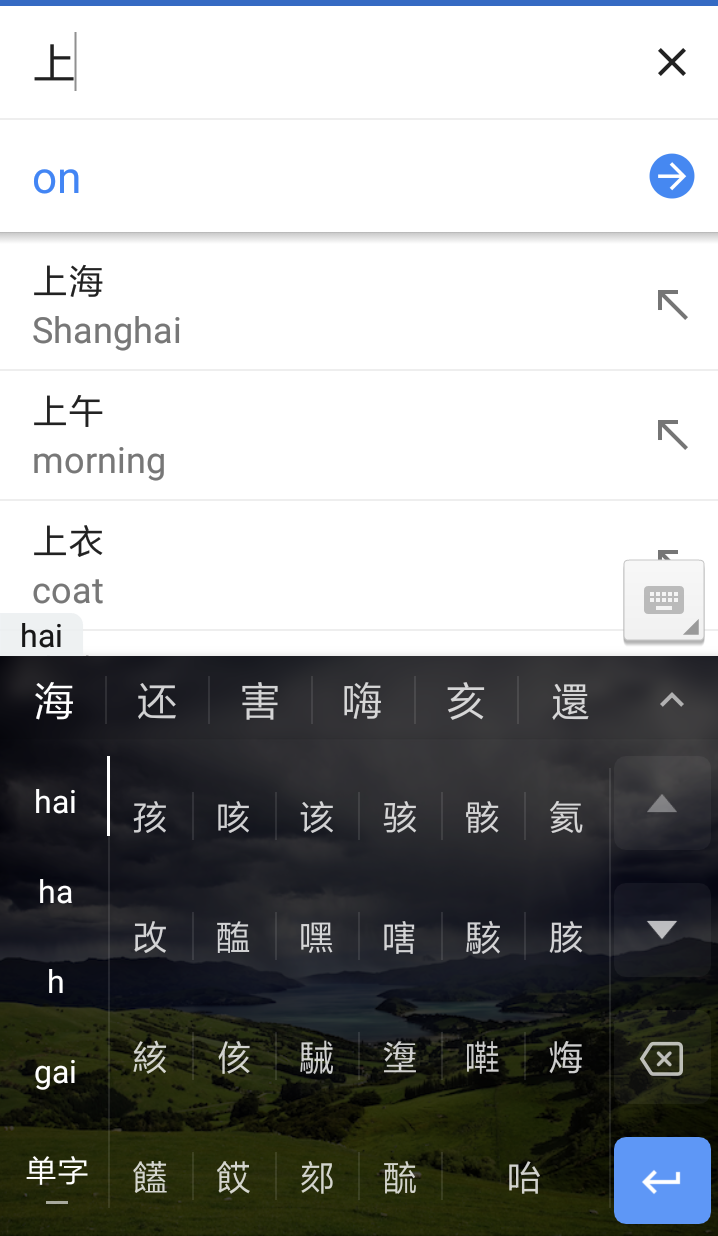
Pinyin keyboard
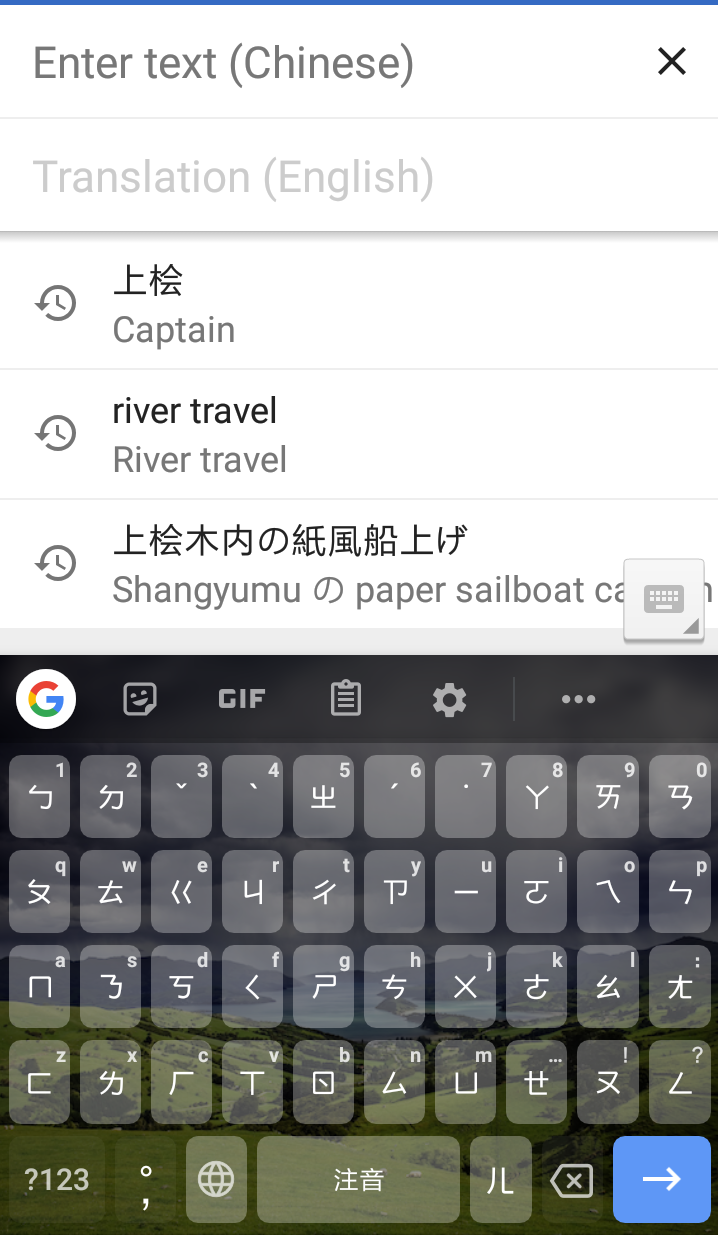
Zhuyin keyboard
There’s also a conversation button on Google Translate, but I would advise against that. With it, you could potentially speak in English and then let the app spit out what you said in Chinese, and then let the other person speak Chinese in your phone, which your phone would spit out into English for you.
My problem with this is that my phone doesn’t understand me. Whether it’s the lack of female-sounding voice data, or that I mumble, or the fact that I’m not a native English speaker… doesn’t matter.
One time at a restaurant, the lady who took our order used her own phone to do the speaking, which worked very favorably for her but not so well for us. I still wonder to this day what app that was and how intuitive its use is if you can’t read Chinese.
You can download Google Translate on Google Play and iOS. Look into your keyboard functions to download a Chinese Pinyin keyboard.
A Note App

I used my phone’s note app to save snippets of text for later use. When I was looking for a face mask, I asked my friend Wei at what kind of shop I could buy that at. He said you can find those at pharmacies and then wrote down a phrase for me.
At the pharmacy, I just showed this and got pointed to the right aisle. From there, the Google Translate app helped me make a choice.
By the end of this trip, I had quite some notes like this on my phone to show to people. This worked perfectly every time, though I should mention that Shanghai’s literacy rate is the second-highest in all of China.
Check your phone to see what kind of note app you already have pre-installed.
Wikipedia
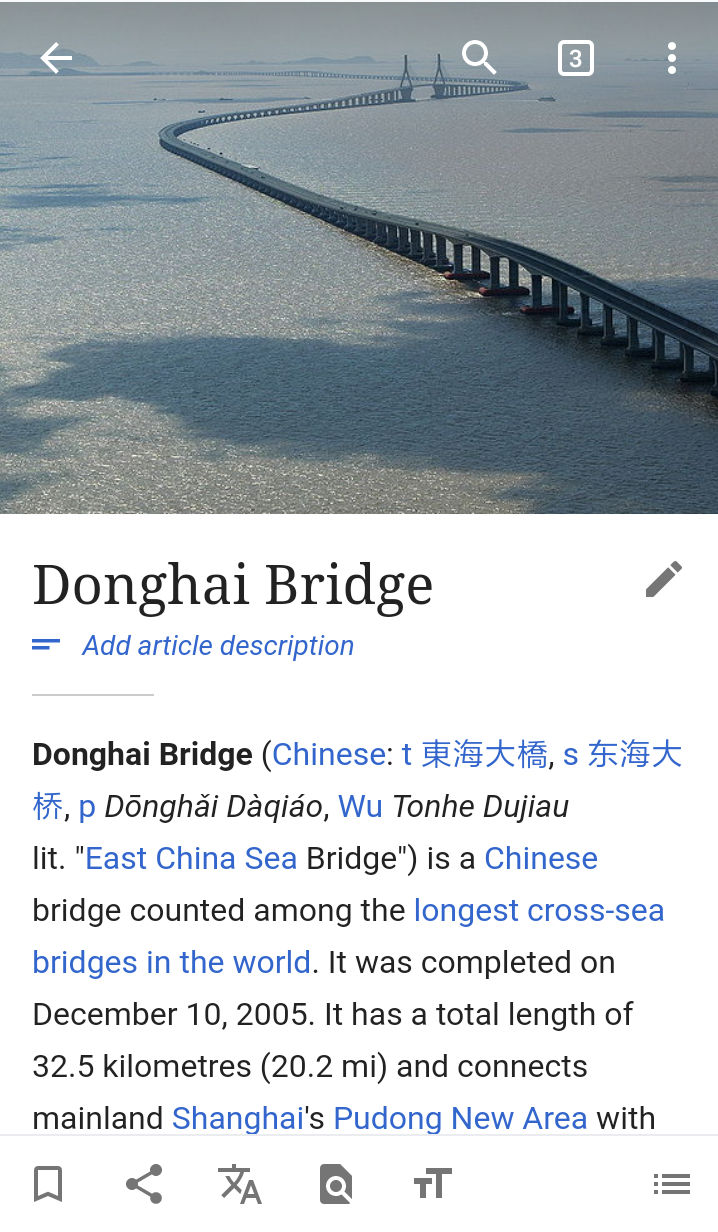
I’m a big fan of Wikipedia. And though Wikipedia is blocked in China, you can still use it with your VPN or in anticipation of your trip. You can download and save articles for offline reading. What I like most about Wikipedia is how articles in different languages are linked throughout the platform.
For example, I was looking to buy a ‘digital drawing board’ or ‘graphics tablet’ in Shanghai. Now, you can already see that there are multiple terms for this in English. On the Wikipedia page for Graphics tablet, you can switch to a different language at the bottom. Among those languages: simplified Chinese (数码绘图板) and traditional Chinese (數位繪圖板). Now you have the characters that will guarantee you that you’re asking for the right thing when you visit a tech mall looking for a digital artboard…
Wikipedia is also a good tool for general trip planning. I used it extensively for researching the Donghai bridge and Yangshan Port.
You can find the Wikipedia app on Google Play and iOS.
A Non-Google Browser With a Non-Google Search Engine… Like… Bing!
There are two important things about your browser: first, the browser app that you use, and secondly the homepage you use on your browser. My Xiaomi phone comes with its own browser, which I normally don’t use. Instead, I use a downloaded Google Chrome browser for most of such activities. The Chrome browser still worked in China but only with the help of my VPN. But when we connected to a local WiFi network and didn’t turn on our VPNs, I could only use my built-in Xiaomi browser. This was fine for me. Jonas used his Safari browser on his iPhone, which also worked fine without a VPN.
However, if you have a Google phone like a Pixel, you probably won’t have any non-Google browser pre-installed. So if this is you, you must download a browser like Opera or Firefox before you go. Especially if you don’t have any proof that your VPN will work in China. Otherwise, you’ve royally screwed yourself until you leave the country.
The other important thing to note is that you’ll need to use a different homepage. My homepage is always Google Search, which it has been for years. Without a VPN, you won’t be able to use that, so you’ll need to use an alternative. Jonas said that the Bing search engine would work, so I used Bing.com as my standard search engine in China. Years of hardwired Google-this and Google-that made it a bit too difficult to tell Jonas to “Just Bing it” or “Let me Bing that for you”—which resulted in surprisingly little cognitive dissonance.
Check your phone to see what kind of basic browser you got. You can find a browser like Opera on Google Play and iOS.
Conclusion: Things in China Could Be Easier for Foreigners
Even visiting a cosmopolitan city like Shanghai isn’t exactly traveling for beginners. China is already a high-tech society with really great systems, but translating those systems hasn’t been a priority yet. But it’s slowly starting, as seen by the easy to navigate subway system in Shanghai and the translated menus at immigration. If the Chinese tech companies would make their own apps accessible to non-Chinese speakers, the ease of visiting China as a foreigner would be near-complete.
Many services are either not very accessible, or very worthwhile to foreigners right now. The examples coming to mind are obtaining a local SIM card or in Jonas’ case getting a WeChat account. This whole article I haven’t even spoken about access to online shopping services, WeChat Pay, and the Uber-like taxi service Didi. To use those, one will need a local SIM, access to banking, and a temporary address.
Considering that these things seem to work so well in China, I think there’d be no better way to promote China abroad. Letting foreigners have a taste of that fully-integrated high-tech lifestyle so many Shanghainese are enjoying already in 2019 is something to talk about.
Ready for China? Spread the Word!
